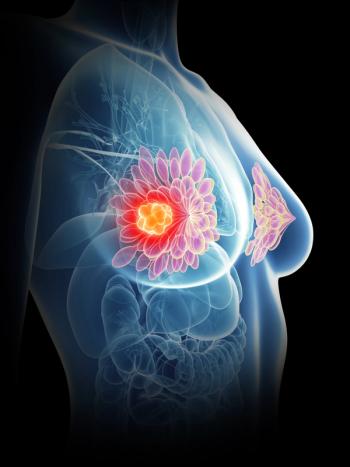
Oncology NEWS International
- Oncology NEWS International Vol 18 No 6
- Volume 18
- Issue 6
SAVI applicator removes obstacles associated with brachytherapy
TORONTO-Studies out of the University of California, San Diego, have demonstrated that the SAVI radiation device offers coverage of the breast cancer tumor bed while sparing normal tissue from radiation.
TORONTO-Studies out of the University of California, San Diego, have demonstrated that the SAVI radiation device offers coverage of the breast cancer tumor bed while sparing normal tissue from radiation.
There were no infections, persistent seromas, or local recurrences of cancer among any of the patients in two separate investigations conducted by Daniel Scanderbeg, PhD, and Catheryn Yashar, MD, both from the university's Moores Cancer Center. They presented their findings at the 2009 American Brachytherapy Society meeting. Dr. Scanderbeg's group retrospectively evaluated 13 breast cancer patients with breast cancer tumor cavities less than 7 mm from the skin surface.
Dr. Yashar's team reviewed early clinical experiences with SAVI in 40 breast cancer patients, nearly half of whom were not candidates for balloon brachytherapy due to skin spacing or small tumor size. They concluded that the device allowed for planning flexibility, easier insertion, and minimal exposure.
Articles in this issue
over 16 years ago
ADT in prostate ca increases risk of bone and heart complicationsover 16 years ago
Abraxis backs SPARC as prognostic biomarkerover 16 years ago
ALK-1 receptor: New target in angiogenesisover 16 years ago
Abraxane prolongs PFS in metastatic diseaseover 16 years ago
Mistrust, costs reduce breast cancer screening among minoritiesover 16 years ago
Oral chemotherapy poses more challenges for cancer communityover 16 years ago
CMS nixes CT colonography screeningover 16 years ago
New ultrasound strategy helps pinpoint prostate tumorsNewsletter
Stay up to date on recent advances in the multidisciplinary approach to cancer.

















































































